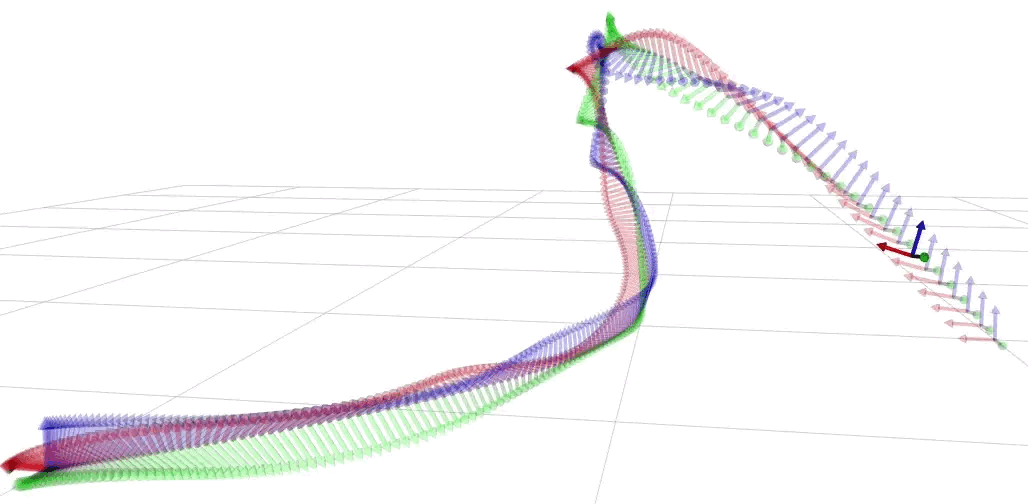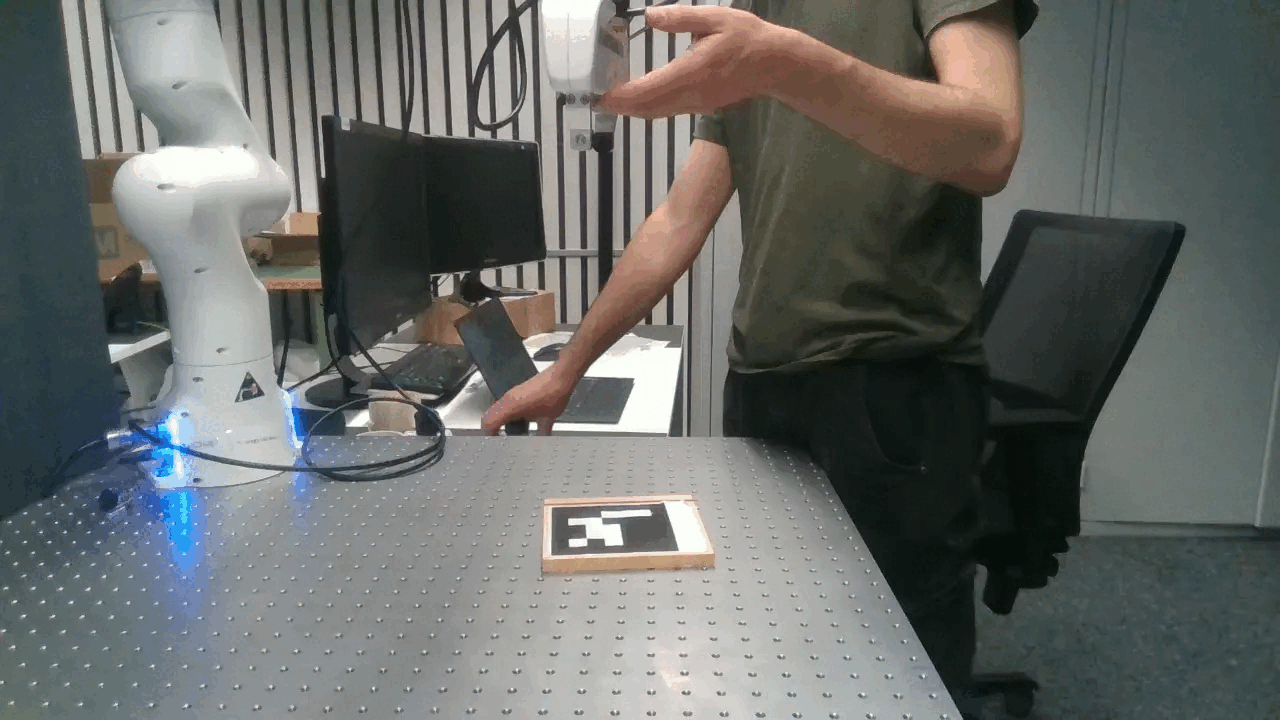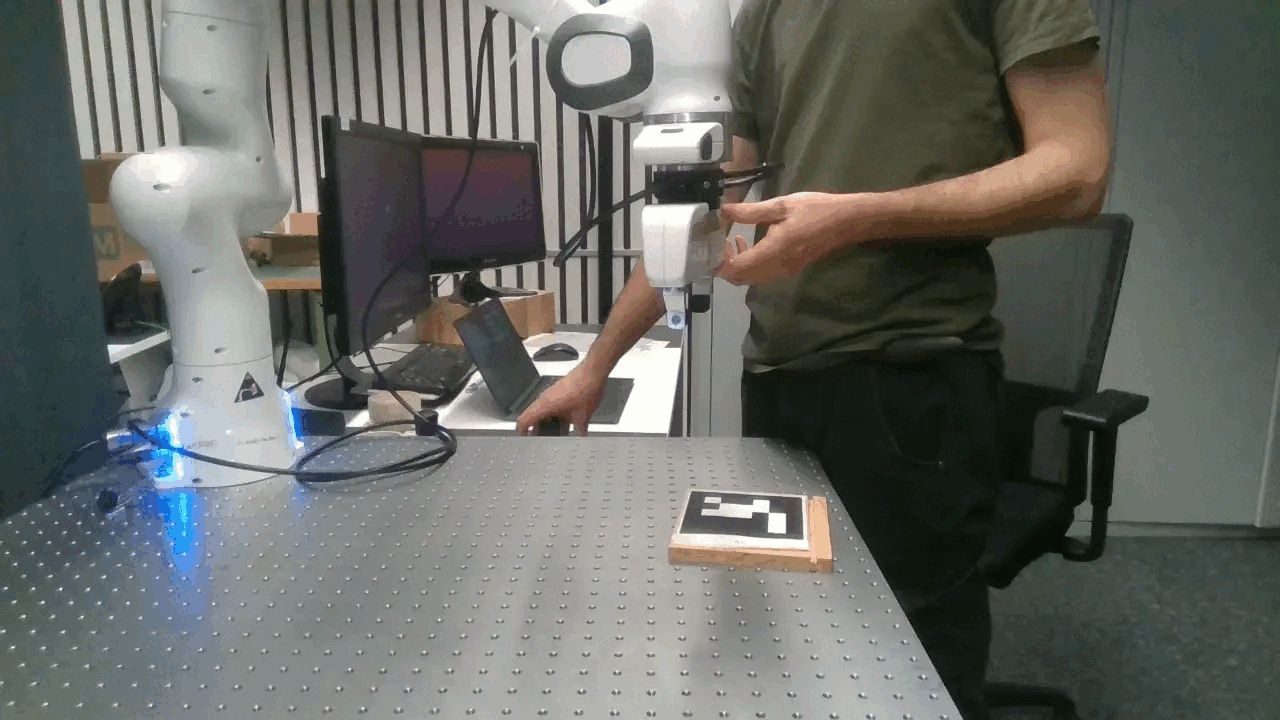A general multivector in geometric algebra:
The structure of a multivector in conformal geometric algebra:
The outer product of two points results in a point pair.
The outer product of two points and the point at infinity results in a line.
Using the sandwich product of motors to transform a point results in another point. The operation is grade preserving.
Experiments





